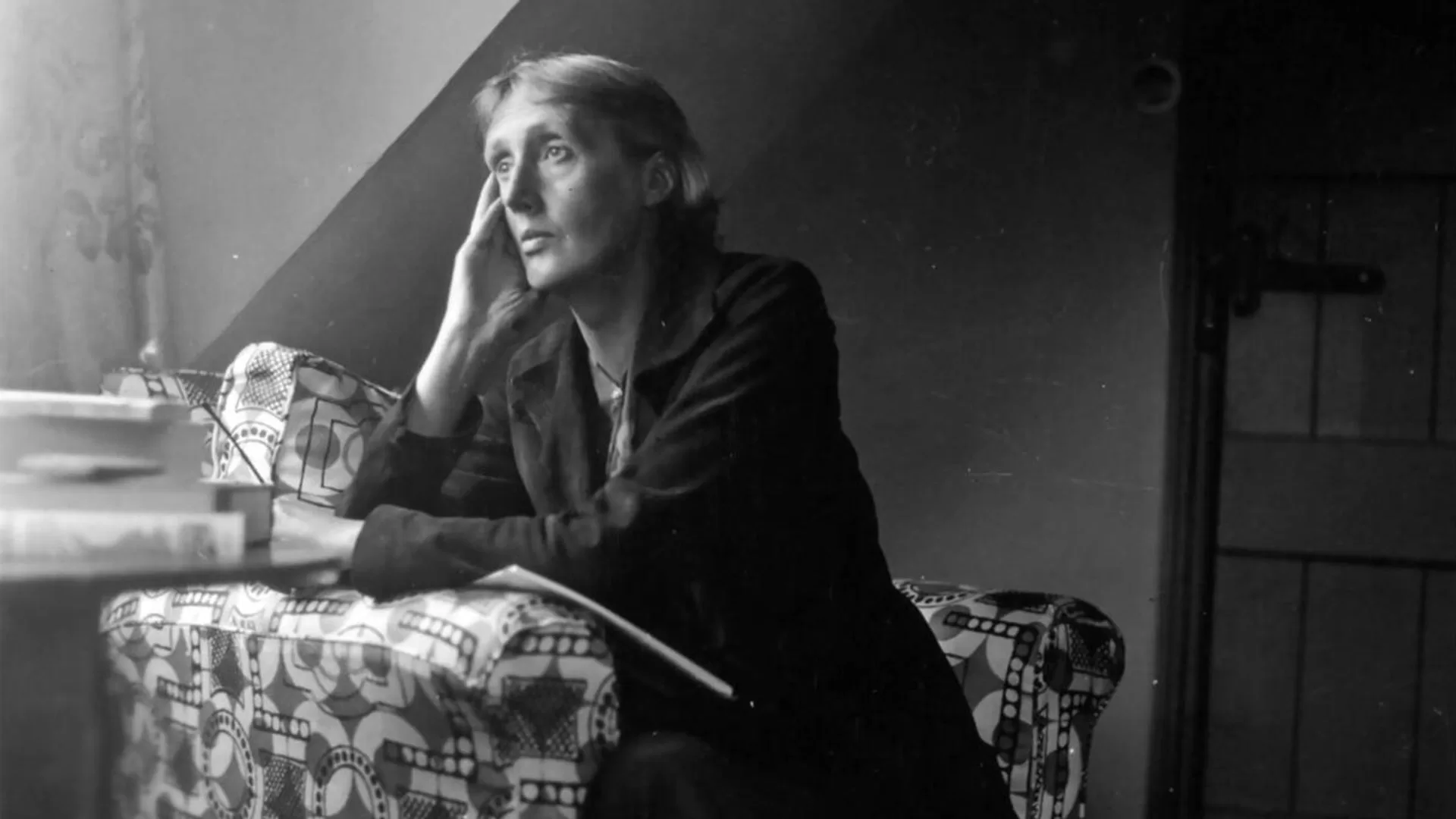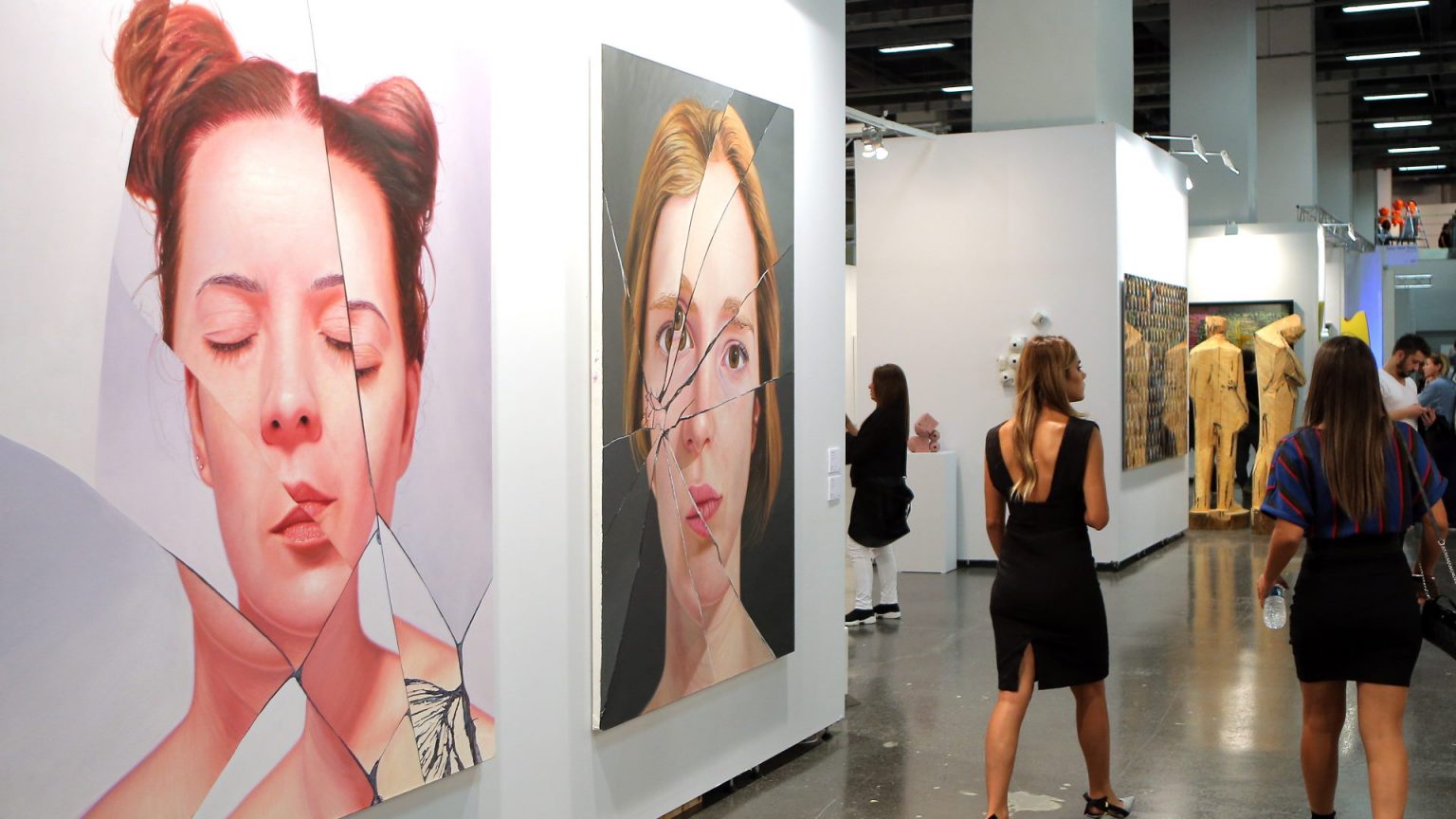Virginia Woolf’s modernist masterpiece Mrs. Dalloway celebrates its centenary in 2025. Yet the roots of the novel lie in an earlier story: Mrs. Dalloway in Bond Street. In this draft, where gloves replace flowers, Woolf’s use of the stream-of-consciousness technique, her manipulation of time, and the construction of “party consciousness” are already evident. The stories written alongside and following the novel extend the character of Clarissa Dalloway beyond the boundaries of the book, completing a universe in Woolf’s literature centered on time, mind, and existence.
Celebrated as Woolf’s magnum opus, Mrs. Dalloway marks 100 years since its publication in 2025. Known particularly for its stream-of-consciousness narrative, the novel is a cornerstone of modernism and contains one of the most famous opening lines in literary history:
“Mrs. Dalloway said she would buy the flowers herself.”
In the collection Mrs. Dalloway’s Party, the story “Mrs. Dalloway in Bond Street” opens slightly differently:
“Mrs. Dalloway said she would buy the gloves herself.”
Virginia Woolf designed the “Bond Street” story as the first chapter of what would become Mrs. Dalloway. Here, Mrs. Dalloway leaves the house to buy gloves rather than flowers. In The Annotated Mrs. Dalloway (W.W. Norton), critic Merve Emre explains this shift symbolically: Woolf associates flowers with the vitality and innocence of youth. Aside from this symbolic change, the rest of the story largely mirrors the structure of the novel: the people she meets, the things she sees, and the events she encounters all trigger associations in Clarissa’s mind, taking her back to the past and leading her thoughts toward life and, of course, her evening party.
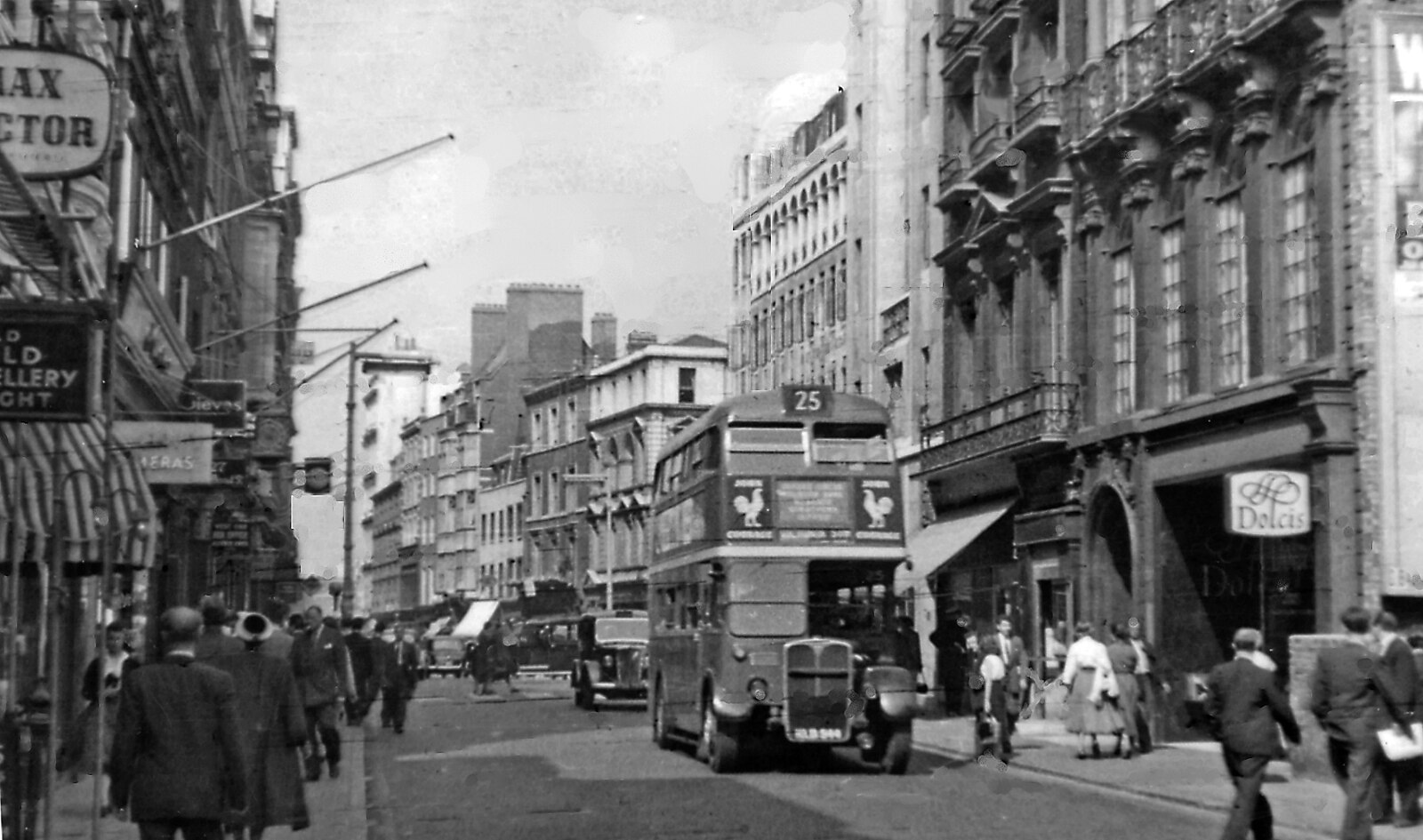
Time, like the sea allocated to children, is fresh in both the story and the novel. Both include crowds at Lord’s, Ascot, or Hurlingham (cricket, horse racing, and polo events). Both depict Dalloway meeting Hugh Whitbread and discussing his wife Milly’s illness. In both, Big Ben tolls with its bronze rings. The story even shares some sentences and expressions verbatim with the novel.
Seen in this light, “Mrs. Dalloway in Bond Street” reads as a preliminary draft of the novel. In the novel, when Mrs. Dalloway reaches Bond Street and pauses before the shop window where she might buy “gloves that could be considered perfect before the war,” the story already positions this as her destination. Another similarity occurs with a violent explosion:
In the novel:
“What was that? A shot rang out from the street!”
Miss Pym, the florist, explains, “Ah, those automobiles!”
In the glove shop story:
“Outside, a violent explosion came from the street. The shop assistant crouched behind the counters in fear. But Clarissa, sitting upright, smiled at the other lady. ‘Miss Anstruther!’ she cried.”
The story ends there, leaving the nature of the explosion unknown—until the reader later encounters it in the novel.
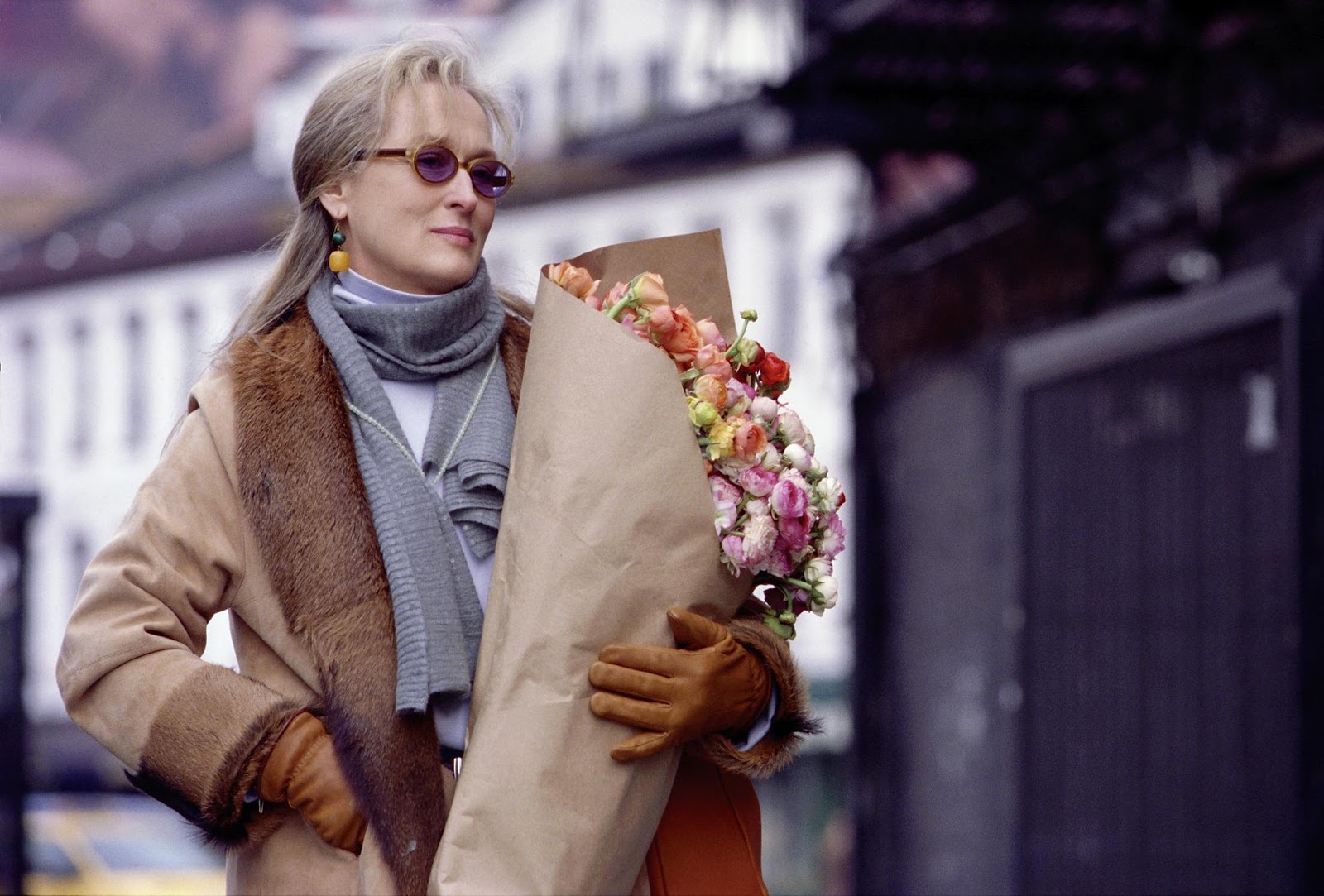
Foundations and Hours
Although it now appears as a draft beside the novel, “Mrs. Dalloway in Bond Street” can be read independently. Written in 1922 and published in 1923, it predates the 100-year-old Mrs. Dalloway by two years. The character herself is even older: she first appeared in Woolf’s debut novel, The Voyage Out (1915). Thus, as a character, she extends beyond the novel’s confines. Woolf frequently expands a single moment into near infinity, and the Dalloways extend across her literature rather than remaining confined to one book. Yet it is particularly in “Bond Street” that we encounter Clarissa in more depth.
Initially, Woolf considered titling the book At Home or the Party. Her diary notes reveal:
“This will be a short book of six or seven chapters, each separate but still connected. Everything should come together at the party.”
Later, Woolf abandoned this plan, integrating themes of mind and madness through the balance between the “sane” Mrs. Dalloway and the “mad” Septimus Smith. In 1922, she also briefly considered titling the book Hours, noting in her diary:
“Full plan: Hours: 10, 11, 12, 1, 2, 3, 4, 5, 6, 7, 8, 9, 10, 11, 12, 1, 2.”
At 10 o’clock, Mrs. Dalloway is planned to walk down Bond Street. In the “Bond Street” story, however, Big Ben strikes 11 when she leaves the house.
Michael Cunningham’s 1998 novel The Hours derives its title from this same reference, tracing three women’s lives across different periods, all connected to Woolf’s novel. We see Woolf writing Mrs. Dalloway, Laura Brown reading it in 1949 as she prepares a birthday party, and in 1999 Clarissa Vaughan hosting a party. Cunningham’s work can be seen as a type of rewriting, connecting deeply with Woolf’s themes. The novel was adapted into a Hollywood film featuring Nicole Kidman, Julianne Moore, and Meryl Streep, with Kidman winning the Academy Award for Best Actress for her portrayal of Woolf.
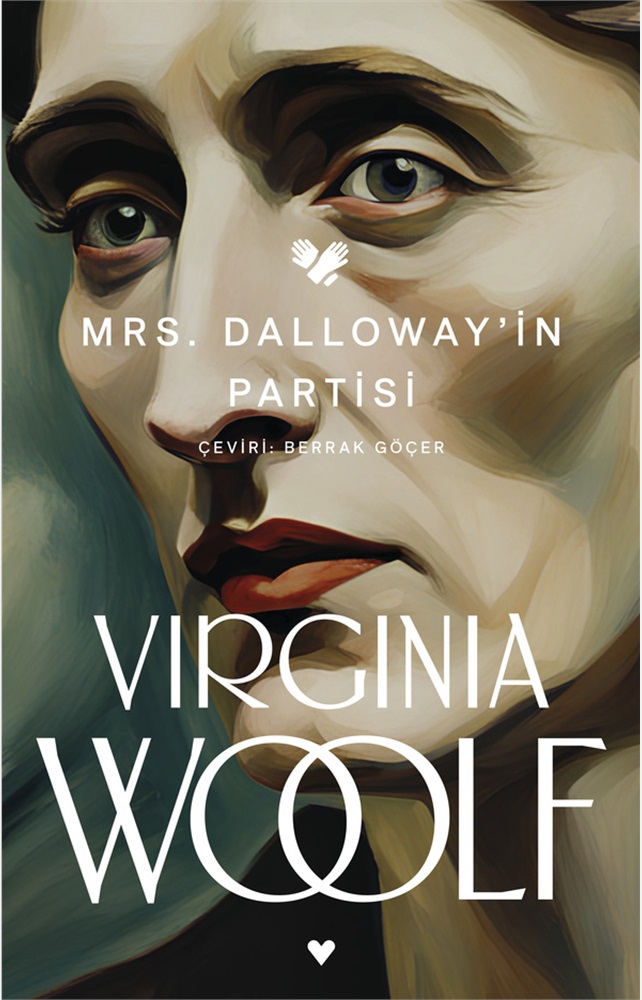
From Novel to Stories
Woolf explores the mind and madness, focusing on hours, and from there writes stories that were later collected in Mrs. Dalloway’s Party, which chronologically predate, accompany, and follow the novel. On April 27, 1925, just before publication, she wrote:
“I am thinking about how many different states of consciousness there are: I want to examine party consciousness, dress consciousness, and so on… It’s very difficult, but I always return here—to party consciousness…”
The stories investigate this “party consciousness.” In “Mrs. Dalloway in Bond Street,” as mentioned, she prefigures the novel. Woolf also wrote The New Dress while revising the novel in 1924, and the remaining five stories, likely written by May 1925, act as an epilogue. These stories evolve alongside the novel but can also be read independently.
In these stories, the reader gains insight into consciousness via the party, seeing characters through Clarissa’s perspective as well as their own inner worlds. In The New Dress, for example, Mabel experiences alienation at the party because she cannot dress fashionably despite her intellect and accomplishments. In my favorite story, “Introduction,” young Lily Everit navigates her first party at Mrs. Dalloway’s house, torn between social expectation and her inner self. Mrs. Dalloway’s Party captures these fractures of consciousness around the axis of the party.
Moments of Existence
Woolf channels her deep character studies and explorations of consciousness through the lens of the party. The final story, A Summary, unites the collection: a woman and a man retreat to the garden to escape heat and crowding. It situates the reader within the home’s bounds, echoing the streets of London seen in earlier stories.
Here, party consciousness merges with Woolf’s concept of “moments of being”—intense, sudden encounters with reality, a hallmark of her literature. Mrs. Latham reflects:
“Here, she thought, is the greatest marvel, the supreme achievement of humanity… Clarissa Dalloway had opened this space in the night’s barrenness, laying pavement over the marsh; when she and Bertram sat at the garden chairs at the end of the small garden, she looked at the house with delight and gratitude, as if a golden beam passed through her body, and tears gathered in recognition.”
The reader experiences the party from inside and outside, moving from its immediate effects to broader reflections on history, city, sky, night—in short, existence itself. Clarissa connects all the stories, guiding us through Woolf’s universe, where the party is always Mrs. Dalloway’s, and she remains at the center. Starting with The Voyage Out (1915) and culminating with Mrs. Dalloway, the character’s journey extends into Mrs. Dalloway’s Party, where Woolf completes the vision first sketched in her diaries.
Characters, Woolf’s literary skill, and her mastery of temporal manipulation endure over a century, perhaps lasting indefinitely, or at least as long as humanity itself—an eternal Clarissa Dalloway.





